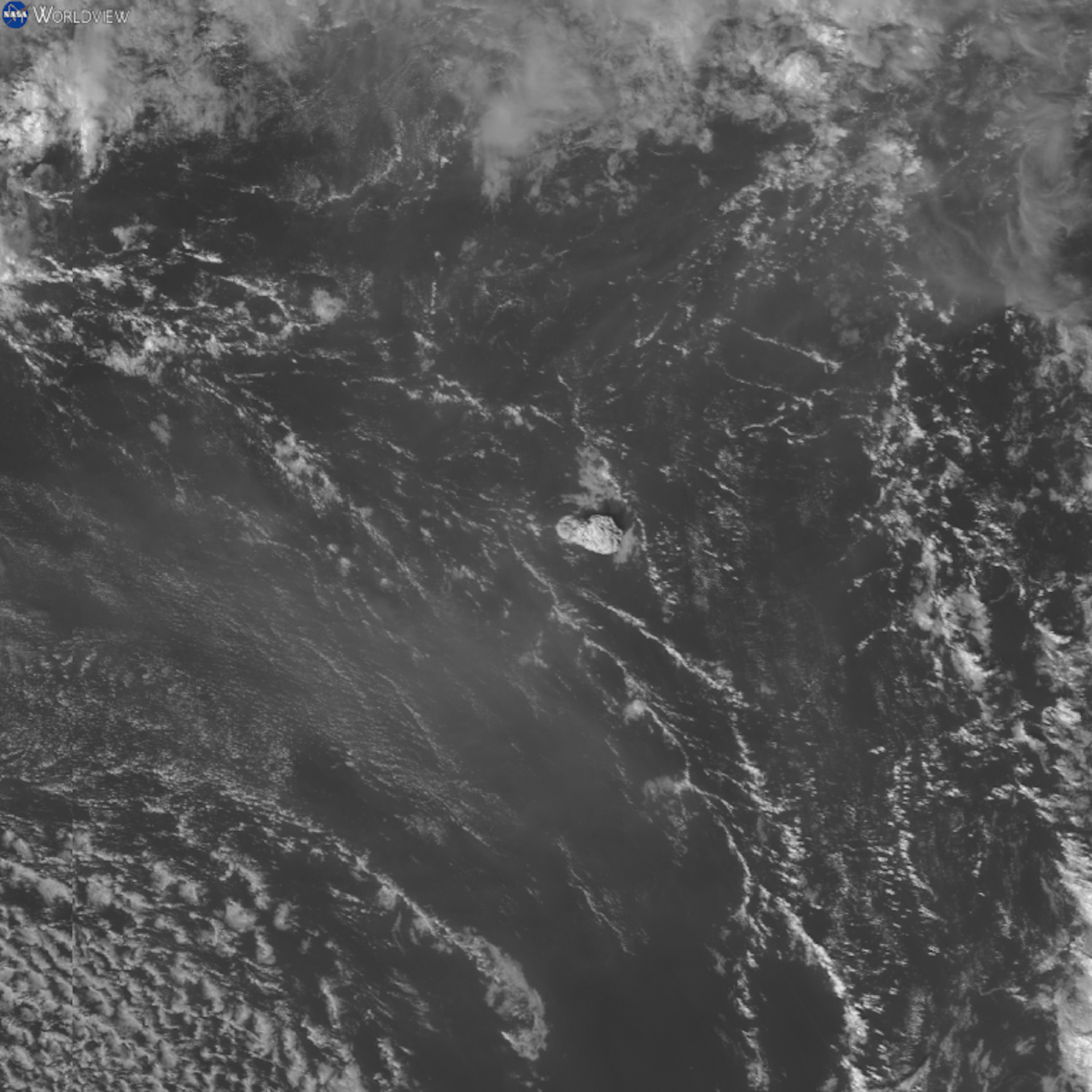The eruption of Hunga Tonga-Hunga Ha’apai (Hunga Tonga) in Tonga on January 15, 2022, had significant climate impacts, according to a study published in the Journal of Climate. The eruption created a tsunami and triggered warnings across the Pacific basin, while also sending sound waves around the globe multiple times. The study found that the volcano could explain last year’s unusually large ozone hole and the wetter than expected summer of 2024. The effects of the eruption on winter weather could persist for years to come.
Typically, volcanic smoke, particularly the sulphur dioxide it contains, cools the Earth’s surface temporarily by transforming into sulphate aerosols that reflect sunlight back into space. However, Hunga Tonga, being an underwater volcano, produced little smoke but released a vast amount of water vapor—equivalent to 60,000 Olympic swimming pools. The intense heat of the eruption turned seawater into steam, which rose high into the atmosphere.
The water vapor ended up in the stratosphere, a dry layer of the atmosphere between 15 and 40 kilometers above the surface. Water vapor in the stratosphere has two main effects: it contributes to the destruction of the ozone layer and acts as a potent greenhouse gas. The study noted that there is no previous observation of volcanic eruptions with such a large amount of water vapor in the stratosphere, as satellite measurements have only been available since 1979.
Scientists worldwide analyzed satellite observations from the eruption to understand the behavior and effects of the water vapor in the stratosphere. Some studies focused on traditional volcanic effects, such as sulphate aerosols, while others examined the potential impacts of water vapor. The study aimed to answer questions about the future climate by using climate models.
The simulations conducted by the researchers showed that Hunga Tonga was responsible for the large ozone hole observed from August to December 2023. The simulations accurately predicted the ozone hole almost two years in advance. However, the study noted that the volcanic eruption’s influence on the ozone hole was limited to that specific year, as subsequent years would not have enough water vapor to enlarge the ozone hole.
The study also found that the ozone hole’s presence led to a positive phase of the Southern Annular Mode during the summer of 2024, resulting in a wetter summer in Australia. This outcome contradicted expectations based on the declared El Niño. The simulations also showed a minimal impact on global mean temperatures, with an increase of only 0.015 degrees Celsius.
However, the study revealed lasting impacts on regional weather patterns. The model predicted colder and wetter winters for the northern half of Australia until around 2029, warmer winters for North America, and colder winters for Scandinavia. The volcano appeared to alter atmospheric wave patterns, which directly influence weather systems.
The study acknowledged its limitations and called for further research to understand the implications of such a significant amount of water vapor in the stratosphere on climate. The researchers welcomed confirmation or contradiction of their findings and hoped to stimulate scientific interest in this area.


